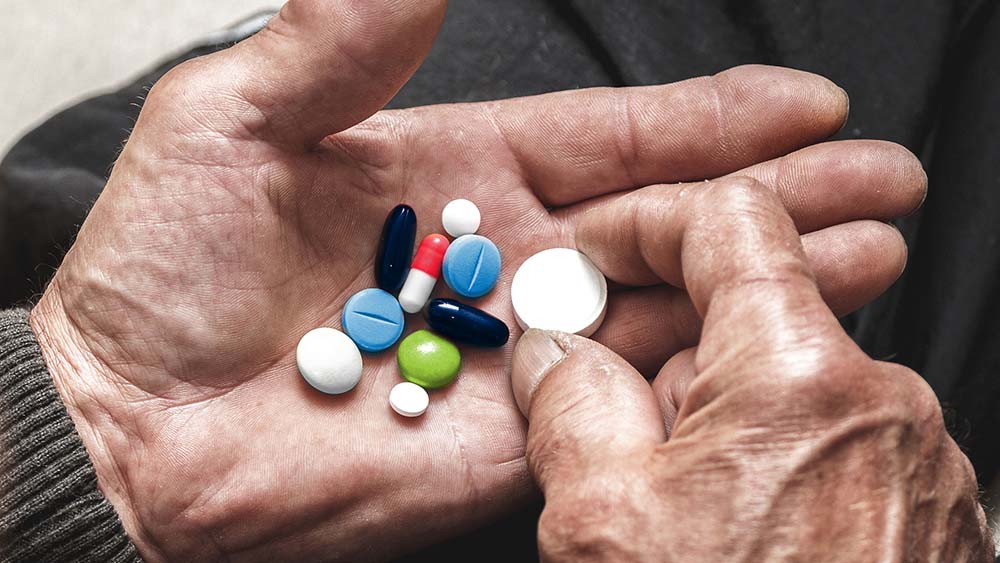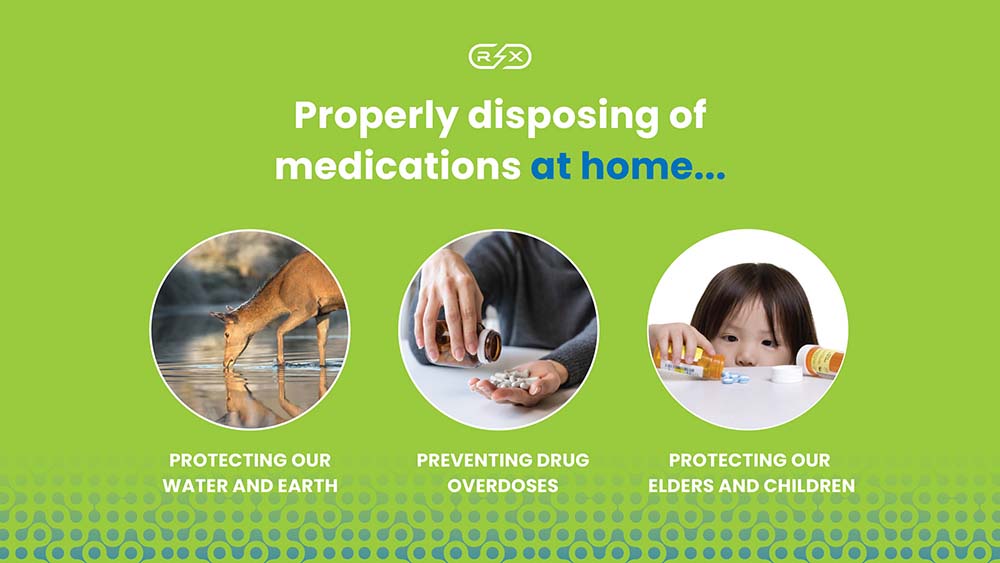
- Details
- By Milt Dallas, Founder of Rx Destroyer
- Sponsored Content
A few years back, a close family member of mine, someone who meant everything to me, started getting sick. Before, she was bubbly, sociable, and had a that could light up a room. But now, she was shaky, nervous, and withdrawn; she didn’t want to be around people anymore. It didn’t feel like aging; something was wrong inside her body, mind, and soul.
When we finally sat down and got everything on paper, we discovered the truth: her health was completely out of balance, including a laundry list of medications stretching over two pages.
What changed her life was a pharmacist, a long-time partner and friend to Rx Destroyer, Dr. Frank Breve. He went through that entire list, made recommendations of reduction and doctor/patient consultation questions, and within a year, she started coming back to herself.
This isn’t just about one person. Across Indian Country, our elders are overmedicated and overwhelmed. Polypharmacy, when someone takes five or more medications daily, is no longer rare; it’s common. In some nursing facilities, 30 to 40% of residents meet that definition, tripling in recent decades.
And while multiple conditions can require different treatments, the danger lies in drug interactions, duplications, poor oversight, inappropriate dosing, and a lack of clear communication—often because patients don’t feel empowered to ask their doctor or pharmacist simple but critical questions: Why am I taking this? When can I stop? Are there natural alternatives? All across the nation, no one is looking at the full picture.
You're not alone. If this sounds familiar, here’s how you can start helping your loved one today.
Step 1: Trust Your Gut—If It Feels Off, It Might Be
If your loved one is:
- Taking a dozen or more pills a day
- Becoming more anxious, withdrawn, or physically unstable
- Hoarding medications – needing to save “just in case”
- Confused about which meds are for what
…trust that instinct. Many elders are overprescribed, especially in Native communities where Indian Health Services are stretched thin and doctors, staffing, and messaging of patient history can become inconsistent and problematic.
Step 2: Request a Drug Usage Review (aka a Medication Audit)
You don’t have to guess what’s safe and what’s not. You need a drug usage review. Ask a trusted pharmacist and/or physician to look at every single medication your elder is taking. Don’t leave anything out, include prescriptions, over-the-counter pills, vitamins, supplements, creams, tobacco use/smoking, alcohol use and exercise history.
Here’s what they’ll check for:
- Conflicts or dangerous drug interactions
- Medications that are no longer needed
- Duplicate drugs from different doctors
- Dosages inappropriate for elder patients
- Learn what each drug does by using trusted resources like WebMD or Beers Criteria
Step 3: Get Everything in One Place and Keep It Safe
Create a written, printed, or digital list of all medications your elder takes. Google Docs is a secure place to create, store and share medication information with family members. Make sure these lists are kept up to date and that medications are always stored securely in the home.
This is especially important in multi-generational homes. Approximately 4 in 10 Native American adolescents (aged 12–17) have used illicit drugs in their lifetime. Unsecured medications can too easily become a danger to curious or struggling family members.
Step 4: Talk to Your Elder—With Compassion, Not Blame
Many of our elders come from a generation where you don’t question the doctor. And culturally, a lot of us were raised in rural communities where stockpiling just about anything was a way of life. If you couldn’t get to town, you kept what you had. Those behaviors made sense for fence
posts, nut & bolts, and engine parts. But for painkillers and behavioral and mental health prescriptions, the stockpiling behavior has become a primary target for teenager curiosity, addicted family members, and bad actors in your community.
Approach gently. Let them know this isn’t about control. It’s about love, protecting, and teaching new ways to your family. Share what you’ve learned. Let them be part of the process.
Step 5: Safely Dispose of What’s No Longer Needed
If medications get stopped or changed, don’t keep the leftovers.
- Do not flush them—they pollute the water and sicken our wildlife.
- Don’t throw them in the trash—they can be stolen, abused, or misused.
- Ask your tribe leadership for a drug neutralizing disposal product like Rx Destroyer.
Simply add pills to the container and keep it in a secure spot (e.g. a medicine cabinet). When it’s full, or after about a year, it can be safely thrown away in your common trash. The contents are neutralized, helping protect your home, your water, and your loved ones. If your community doesn’t have access yet, talk with your tribal leaders or reach out to us directly.
Final Step: Don’t Do It Alone
This journey can be emotional and overwhelming, but you’re not in it alone.
Rx Destroyer was created by a Native founder from the Oneida Nation of Wisconsin, built on the values many of us were raised with: protect your family, care for the land, and plan for the next seven generations.
Whether you need help finding a trusted pharmacist, understanding safe disposal, or locating resources for your community—we’re here to walk alongside you. From one Native household to another, we’re here to help however we can.
Contact us here if you’re ready. We’re proud to stand with you.
